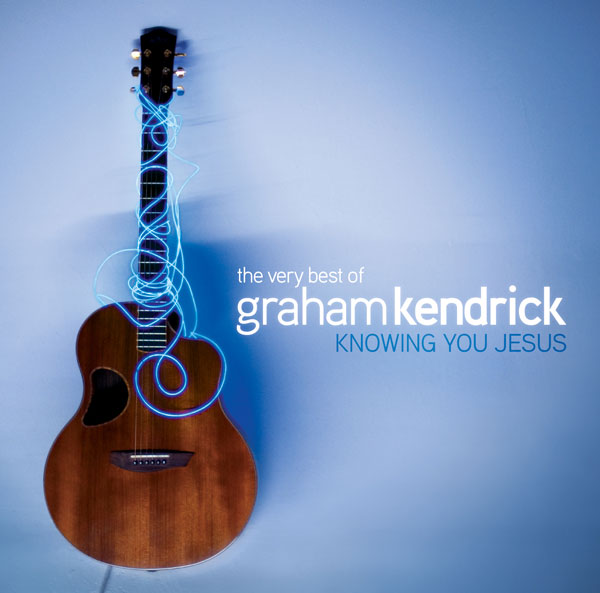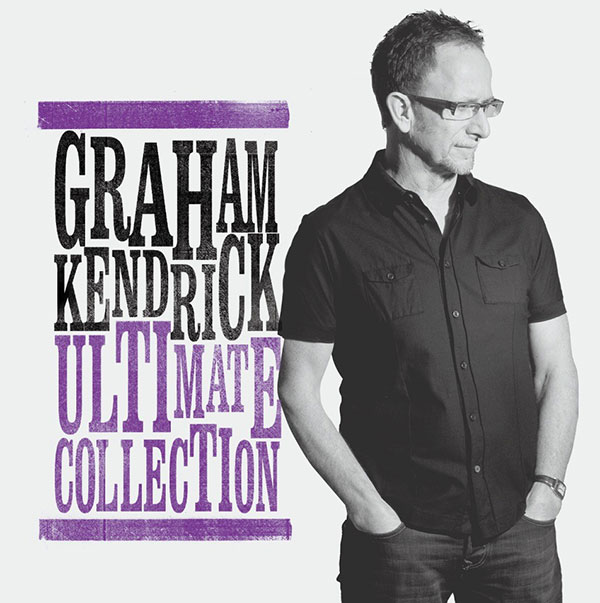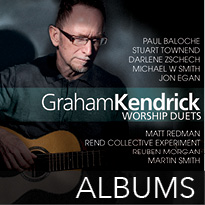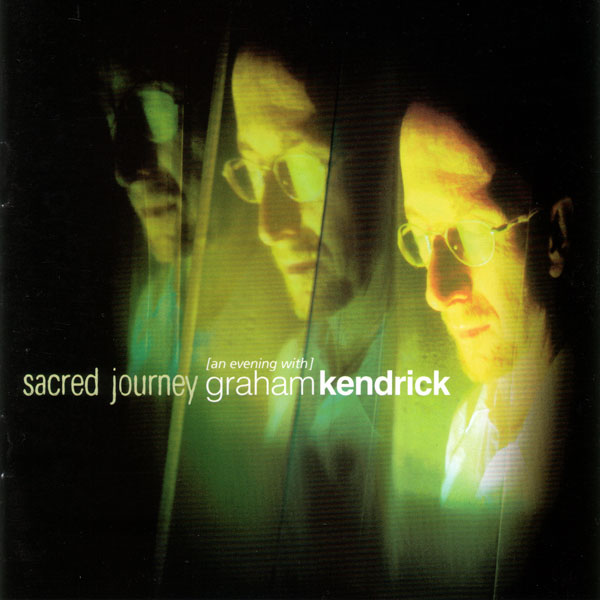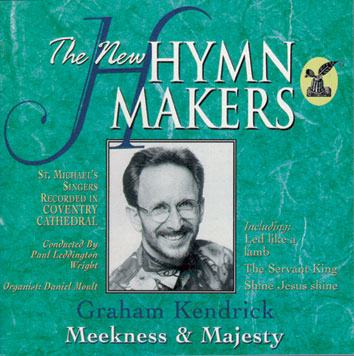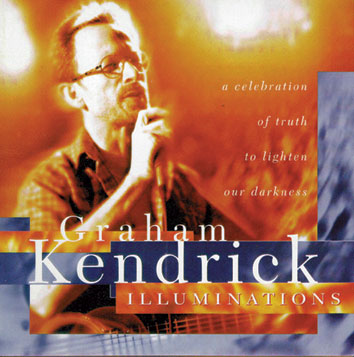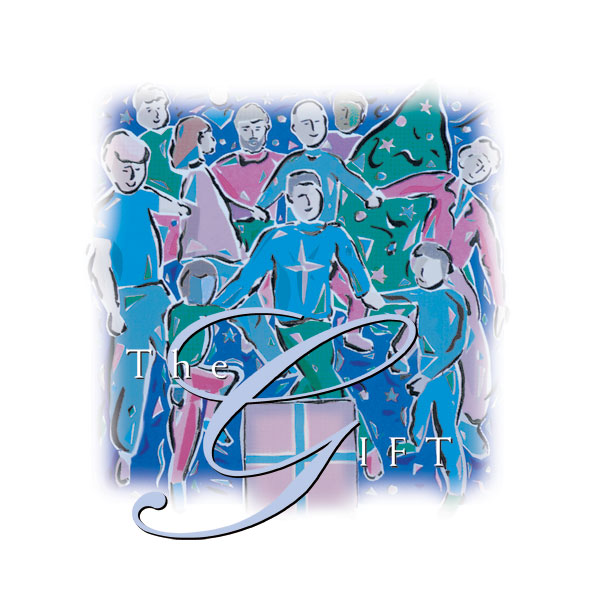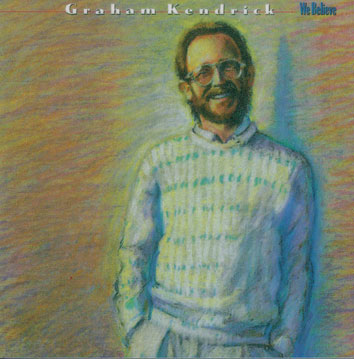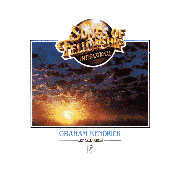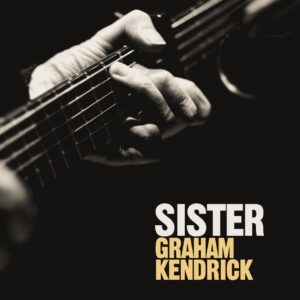The Servant King (From heaven you came)
Until Shine Jesus Shine came along, The Servant King was Graham Kendrick’s most widely known and loved song. Even now, decades after its release, it remains well-used – a testament to the lasting impact of its message and melody.
But what inspired Graham to write The Servant King? The story takes us back to 1984 and a growing Easter event called Spring Harvest.
The Beginning of The Servant King
In the early 1980s, Spring Harvest was still finding its feet as a major Christian festival. Thousands of people were beginning to attend this annual event, and each year the organisers would set a specific teaching theme. In 1984, they decided to reach out to several songwriters, including Graham, asking if they would write songs to reflect that year’s theme.
Graham recalls receiving the letter and immediately feeling inspired:
“I loved that challenge. So I began to read the material and guess what? The theme title that they had already was ‘The Servant King,’ and I thought, ‘It’s all in there – I’ve just got to somehow unpack that.’”
The theme struck a chord. Kings have servants and servants serve kings – but here was Jesus, redefining leadership and authority by becoming a servant himself. Graham was inspired by the deep paradox of Christ’s identity: the Creator of the universe stooping to wash the feet of his disciples.
From Heaven You Came
Graham approached the song with a sense of reverence, knowing the weight of the message he was trying to convey. He studied scripture carefully, using concordances, commentaries, and other biblical research tools to understand the heart of Christ’s servanthood.
The song opens with the line:
“From heaven you came, helpless babe”
This incarnational imagery reflects the astonishing truth of God stepping into human vulnerability. Graham was captivated by the juxtaposition of Christ’s divine nature and his willingness to serve and suffer.
Hands That Flung Stars Into Space
One of the most striking lines in The Servant King comes in the third verse:
“Hands that flung stars into space to cruel nails surrendered.”
It’s a breathtaking moment in the song, contrasting the vast creative power of Christ with the humility of his crucifixion. For Graham, this line encapsulated the heart of the gospel – the Creator becoming the sacrifice.
A Lifestyle of Worship
At the time The Servant King was written, there was growing excitement about new worship songs and greater freedom in worship. Graham, along with others who were teaching and leading worship, felt strongly that worship wasn’t just about singing in church – it was about how we live our lives.
This understanding found its way into the chorus:
“To bring our lives as a daily offering of worship to the Servant King.”
Graham reflects:
“It was a time when we were emphasising that worship is a way of life, not just something you do in a meeting or a festival or a gathering.”
A Song That Lasts
Despite its deep theological roots, The Servant King remains accessible and easy to sing – part of the reason why it has endured for so long in churches worldwide. Its message is simple yet profound: Christ redefined what it means to lead by serving. He calls us to do the same.
For Graham, the song is more than a moment of inspiration – it’s a reflection of Christ’s life and a call for all of us to follow his example:
“What better inspiration than Jesus himself, the Servant King?”
Still Relevant Today
The Servant King continues to be sung in churches around the world, particularly during Easter. Its message of humility and sacrificial love remains as relevant today as it was when Graham first wrote it.
As you reflect on the words of The Servant King this Easter, may it remind you of the profound love of Christ – the King who chose to serve.
